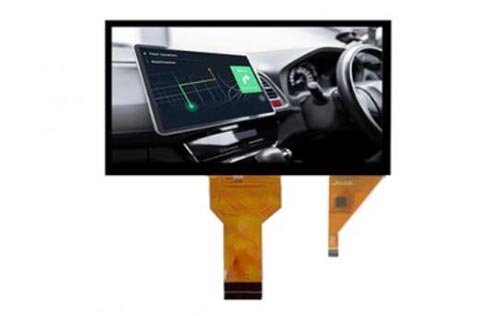What does a touch panel do?
1. User Input:
It detects and responds to touch, allowing users to interact with the device or system without the need for external input devices like a mouse or keyboard.
2. Interface Navigation:
Users can navigate menus, select options, and control applications by tapping, swiping, or using other gestures on the screen.
3. Data Entry:
Touch panels can be used to input data, such as typing on a virtual keyboard or drawing with a finger or stylus.
4. Multi-touch Functionality:
Many modern touch panels support multi-touch gestures, allowing for actions like pinch-to-zoom or two-finger rotation.
5. Pressure Sensitivity:
Some advanced touch panels can detect varying levels of pressure, enabling more nuanced input (e.g., in drawing applications).
6. Visual Feedback:
Often, touch panels provide visual feedback to confirm user actions, such as highlighting a button when pressed.
7. Control Systems:
In industrial or commercial settings, touch panels can be used to control complex systems or machinery.
8. Information Display:
Besides input, the panel also serves as a display, showing information, graphics, or video.
9. Accessibility:
Touch panels can make devices more accessible to users with certain disabilities or those unfamiliar with traditional computer interfaces.
10. Streamlined Design:
They allow for sleek, button-free designs in many devices, from smartphones to appliances.
Touch panels are widely used in various devices, including smartphones, tablets, laptops, ATMs, point-of-sale systems, and industrial control panels, offering an intuitive and direct way for users to interact with digital interfaces.




